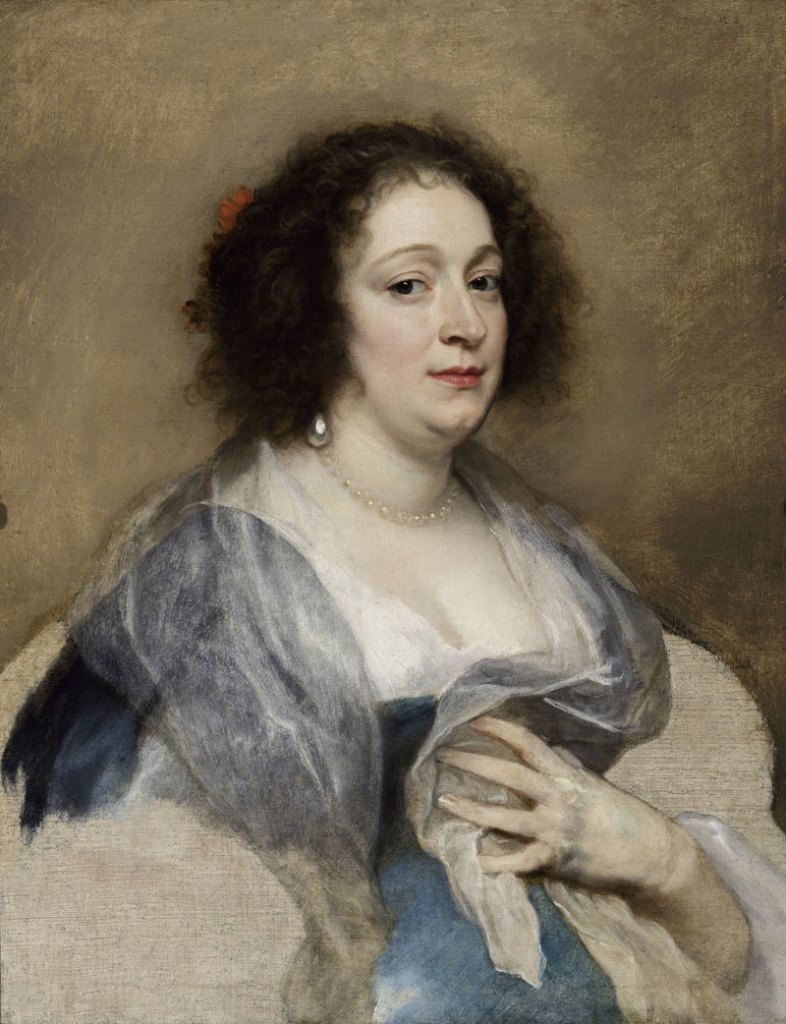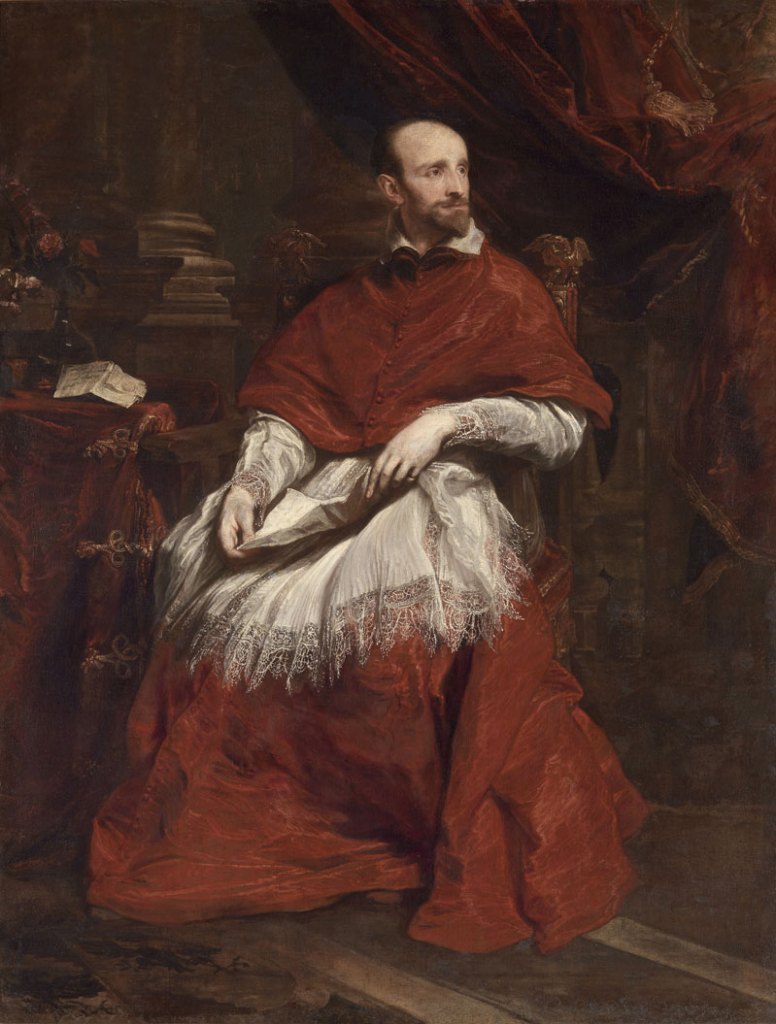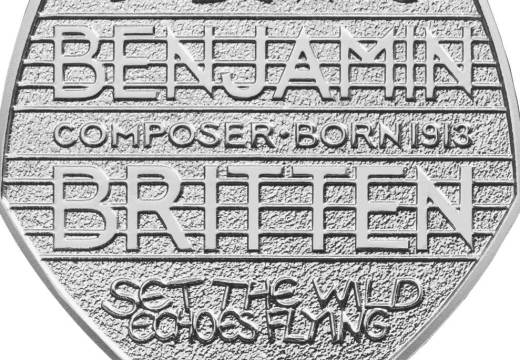‘Van Dyck: The Anatomy of Portraiture’ was billed as the first major US monographic show on the Flemish painter for 25 years. One wonders what the ambitious Anthony van Dyck (1599–1641) would have thought if he could have seen his intimate portrait of his young wife – the Scottish noblewoman, Mary Ruthven – billowing in banner form from New York lampposts, as the poster image for the exhibition.
This intelligently selected show examined the processes of portrait-making used by Van Dyck. It focused particularly on the preparatory drawn studies and the few surviving finished painted sketches that he made towards both his painted and his engraved portraits. These processes differed from those of his Antwerp near-contemporaries, particularly his sometime master, Peter Paul Rubens. As some of his subjects attested, Van Dyck would generally make rough sketches on paper that mapped the sitter’s pose, but which left many details unresolved. He would subsequently usually paint the face from life, directly on to the canvas, without making an intermediary drawing of the features.

Portrait of a Woman (c. 1640), Anthony van Dyck. (c. 1640), Anthony van Dyck. Speed Art Museum, Louisville
The surviving first-hand accounts of the experience of sitting to Van Dyck include those of Everhard Jabach, Sir Kenelm Digby, Nicholas Lanier, and the English painter Richard Gibson. As the show made clear, some of their evidence conflicts, not least on the duration of a sitting. For Lanier’s portrait – a special one, which the artist hoped would be his calling card at Charles I’s court – Van Dyck made him sit for ‘seaven dayes both morning & afternoon. & only intermitted the time they were at dinner’, while some years later, Jabach, observing the slick production line at Van Dyck’s Blackfriars studio, described strictly timed individual one-hour sittings.
The curators had to work deftly within the constraints of the Frick building, within which the exhibition was located in three separate areas. It opened in the small basement galleries, which mainly contained drawn or painted sketches made by Van Dyck as stages towards a final outcome, whether a print or a painting ; next, a ground-floor cabinet room explored the series of portrait prints executed or commissioned by Van Dyck, and now known as the Iconographie; and the show concluded in two high-ceilinged rooms hung with his painted portraits, plus a few associated drawings.

Installation view of ‘Van Dyck: The Anatomy of Portraiture’ at the Frick Collection, New York, showing works on paper in the lower level galleries of the museum. Photo: Michael Bodycomb
The visitor initially descended into a tiny lobby, then, to be confronted by two early self-portrait paintings, one deaccessioned by the Kimbell Art Museum in 1995 when it was thought to be by Rubens, but more recently plausibly reattributed to Van Dyck. This made a powerful introduction to the promising young Fleming who was then trying to establish himself within Rubens’ large shadow. The captions in the adjoining galleries proved confident – and in most cases, convincing – guides to the purpose of sketches within Van Dyck’s working process, as well as the location of their making.
In the Oval Room, the visitor encountered the stylish young Van Dyck’s three-quarter-length self-portrait (probably made during his first short visit to London in 1620–21) hanging between a pair of pilasters that made it look like an altarpiece. This enterprising 22-year-old, one suspects, would have been delighted by this elevation in one of the most elegant properties in Manhattan. To its left hung the Portrait of a Seventy-Year-Old Man from Brussels, inscribed as a work by (astonishingly) a 14-year-old Van Dyck. Fresh technical investigation has not only confirmed the earliness of this inscription but has also revealed an even older, but now overpainted, inscription that includes the date 1613.

Cardinal Guido Bentivoglio (1623), Anthony van Dyck Galleria Palatina, Palazzo Pitti, Florence
The highlight here – and indeed of the exhibition – was the celebrated and much commentated-on 1623 full-length of Van Dyck’s principal patron in Rome, Cardinal Bentivoglio, seated in his scarlet robes. This large painting had only once before left Italy (appropriated by Napoleon in 1799) and had been cleaned for the present show. It is a spectacular display of brushwork, particularly in the handling of the deep band of Flemish lace on Bentivoglio’s white rochetto (tunic). The English painter Jonathan Richardson enthused: ‘I look’d upon it two Hours, and came back twenty times to look upon it again […] the colouring is true Flesh and Blood, Bright, and Transparent.’
The final room, the high, top-lit East Gallery, was an excellent display space for further larger paintings, including the only item that was not ostensibly exclusively a portrait: Cesare Scaglia Adoring the Virgin and Child, in which the Virgin’s features are those of a young duchess, Marie-Claire de Croÿ. And on the adjoining wall hung Van Dyck’s large full-length of the Duchess herself, with her young son, and we could see for ourselves the same light brown hair, rounded jawline and unfortunate small receding chin.
Otherwise, the East Gallery paintings were all products of Van Dyck’s London years (1632–41), beginning with the 1632 double portrait of Charles I and his French queen Henrietta Maria (lent from Kroměříž in the Czech Republic). The delicious shimmer of Charles’s pink silk jacket here was matched by the gleam of the queen’s deep blue bodice and skirt in the adjoining full-length depicting her with the dwarf Jeffery Hudson and a monkey. Van Dyck’s unusually detailed study drawing for the latter – in which all the emphasis was on the satin garments, and none on the queen’s features – was usefully displayed in front of the painting itself. Both these royal portraits pointed to Van Dyck’s power struggle with Charles I’s in-post painter, the Dutch incomer Daniel Mytens, who had originally devised both compositions only for them to be brilliantly recreated by Van Dyck.

Portrait of a Woman (c. 1640), Anthony van Dyck. (c. 1640), Anthony van Dyck. Speed Art Museum, Louisville
Indicating Henry Clay Frick’s own taste for the artist’s secular works, a triumvirate of fine English-period full-lengths by Van Dyck in matching frames were shown on the end wall, depicting the poet John Suckling, the future seventh Earl and Countess of Derby and their daughter, and the future Countess of Clanbrassil. It was instructive to be able to examine two unfinished painted portraits – one of Edmund Verney and the other of an unknown woman in which the face is highly finished, but the breast and hand await finishing glazes, while the garments include large areas of unpainted canvas. It perfectly demonstrated how Van Dyck would paint a sitter’s face from life on to the canvas, leaving the background and dress to be finished later (often no doubt by his studio assistants).
The substantial accompanying book is a proper, traditional catalogue, with full entries for each work, including critical apparatus – not the sort of miserable picture-book with a mere checklist of exhibits at the back, in minute type, which so many museums (particularly British ones) now favour.
‘Van Dyck: The Anatomy of Portraiture’ was at The Frick Collection, New York, from 2 March–5 June.
From the July issue of Apollo: preview and subscribe here












![Masterpiece [Re]discovery 2022. Photo: Ben Fisher Photography, courtesy of Masterpiece London](http://zephr.apollo-magazine.com/wp-content/uploads/2022/07/MPL2022_4263.jpg)
Apollo at 100